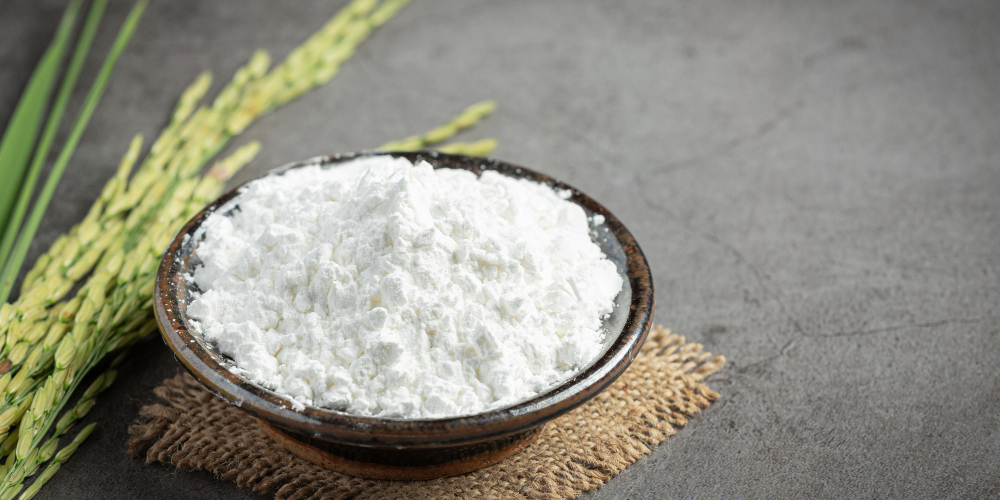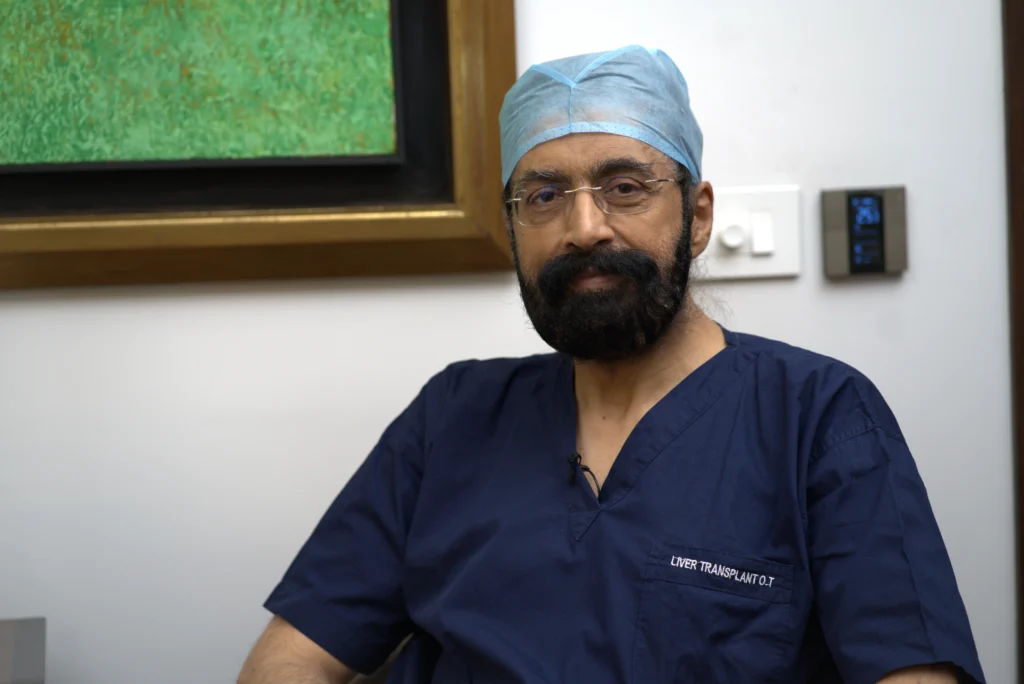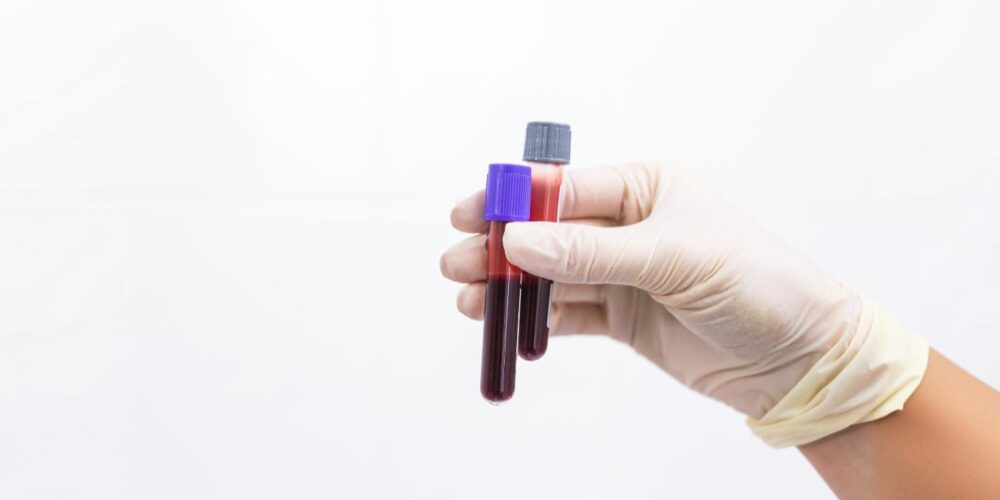Latest
Dismantled: Here’s COVID skeptics proven wrong
Author
Author
- admin / 4 years

- 0
- 4 min read

Author
Ever since the start of the COVID pandemic, there have been skeptics, denialists, and even conspiracy theorists keen to prove the whole pandemic as balderdash or, worse, planned. First Check looks at, and dismantles one such long-drawn attempt.
By Tariq Hashmat
In a constant endeavour to locate, and quash medical misinformation, First Check came across yet another such, rather popular, outlet of such theories. An hour long video where a ‘climate scientist’ and a self styled activist and skeptic opine on the pandemic has gained substantial traction on social media. Crucially, however, the content of this video contains several claims and assertions that are misleading or downright false.
Let’s pick some of the claims apart.
> Increased testing increases the cases
COVID-19 is an infectious disease that, for a good proportion of the population, has, and will go unnoticed as asymptomatic. The ‘test-trace-treat’ approach is partly aimed at isolating confirmed cases to treat them, as well as to decrease the risks of infecting others.
If you don’t test, you won’t know. Claiming, therefore, that cases are increasing “just by increased testing” is outright folly.
WHO’s testing guidelines recommend the scale of testing to be such that the positivity rate – confirmed cases out of total tests done – to be under 5 per cent. From an epidemiological point of view, a high positivity value would imply that not enough tests are being done to get the ‘test-trace’ approach under control.
India’s official testing and positivity numbers reveal that simply increased testing does not increase cases.
> PCR picking on illnesses other than COVID
The scientist here comments how PCR’s inaccuracies are leading to other illnesses being detected as COVID, and hence increasing the case count. The fact is, RT-PCR, or Real Time – Polymerase Chain Reaction detects the presence of a particular virus through its genetic material. For COVID-19, it detects SARS-CoV-2 in the specimen collected from the upper respiratory system. The RT-PCR results for COVID-19 therefore mention the presence or absence of SARS-CoV-2, and not any other virus. It won’t just pick any virus and call it SARS-CoV-2.
> False positives lead to increase caseload AND death toll
No test is perfect. There are, occasionally, false-positive results (a negative result comes out positive) or false-negative results (a positive result comes out negative). The probability of false positives in case of RT-PCR is low, and the reasons behind it range from sample contamination to software problems. Implying that false positives would increase death toll too is wrong, as false positives add to the burden on healthcare – through unnecessary isolation, contact tracing, wasteful use of PPE, etc. False positives may distort epidemiological statistics and estimates, but cannot increase the death toll. People who are actually NOT infected, would not die of a disease they won’t have.
> Kumbh and crowds didn’t lead to rise in cases
They did. Plain and simple. And here are the numbers to show for it. Crowds provided a fertile ground for the virus to mutate, eventually spreading across India in the form of the devastating second wave.
> Erratic use of numbers and graphs
Graphs and visualisations are powerful tools to convey a message. There is, therefore, a proportionately higher degree of caution and responsibility to make sure facts are presented the right way. The graphs in the video, wherein the scientist attempts to prove that the second wave only affected Delhi, and not the surrounding states, use unequal axes, and therefore give a visual impression that does not reflect the truth.
Another point of concern in several graphs is the lack of annotations on the axis to indicate what the data is. Case in point, to prove misrepresentation of data, is the graph of Lakshadweep.
Pandemics are not a new concept. There have been pandemics witnessed by mankind before, and this pandemic is as real as it gets. To claim otherwise, or to negate the whole thing would be a massive disrespect towards the millions of unfortunate people we lost, in overburdened ICUs across the world.
With inputs from Fatima Majid









